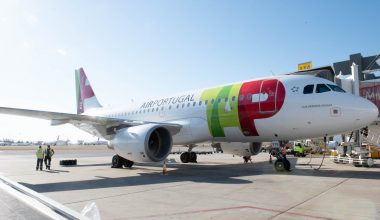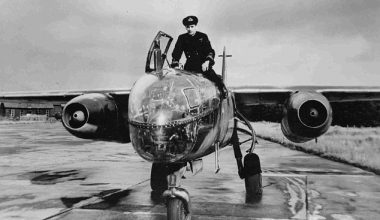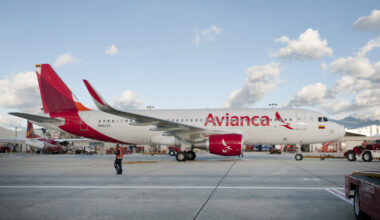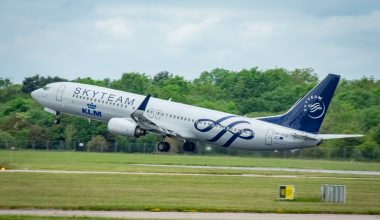On 23 September 2019, The flight crew of the British Airways Airbus A320-232 (G-EUYB) detected strong smoky fumes on the flight deck during the approach towards London Heathrow Airport. They got oxygen masks then proceeded on to land at Heathrow. After stopping the taxiway and removing their masks, the co-pilot was crippled and the commander felt anxious; both pilots being admitted to the hospital but were released later the same day.
Studies performed by the AAIB and the operator could not identify the extent of the smoke. Various other related smoke occurrences have been recorded to the AAIB and the CAA. This study discusses five other related incidents that occurred with the same operator on the very same aircraft type. The source of these events could not be determined, but some key aspects have been determined.
[the_ad id=”28989″]The operator and aircraft manufacturer, therefore, undertook steps to try to minimize the number of incidents, including; to establish comprehensive maintenance procedures to pinpoint the origin of the smoke, to improve the operating procedures of the flight crew, and to review modifications to improve cabin air re-circulation mechanisms.
History of the flight
On the day before the accident, three flights were conducted by the flight crew in a separate aircraft. Very first two sectors were flights back from Heathrow to Paris Charles de Gaulle Airport, while the third sector was at Heathrow to Zurich Airport. The crew reached in Zurich at approximately 1330 and spent nights at its crew hotel.
[the_ad id=”28989″]Both flight crews would have already been engaged in various smoke events on the very same aircraft type. They stated how they had addressed these events throughout the day.
G-EUYB was operated by another crew from Heathrow to Zurich the day before the incident. The airplane arrived at 2043 and then was parked overnight in Zurich. There have been no deferred aircraft defects. It was raining throughout and the temperature was around 13 ° C.
Previous experience of the flight crew indicated that if the smell was going to recur, it would most likely take place when the thrust levels decreased for descent so that, during the cruise, they addressed their decisions when the smell emerged and reviewed the SMOKE / FUMES / AVNCS SMOKE checklist.They advised the co-pilot to fly the descent and approach the commander’s landing.
The ILS had been intercepted as the aircraft flew through 4,000 ft, and both flight crews noticed an unexpected, very distinctive smell. The crew mentioned this as a “smell of manure;”. Instantly, he mentioned the odor “catching him” in the bottom of his throat. There was really no smoke, and there’s no clear source for smell.The co-pilot mentioned this as an odor of “hot sweaty socks.” He stated experiencing itchy skin near his eyes also touching his neck. The captain took over and told the co-pilot to bring his oxygen mask on. Unless the co-pilot had been on oxygen and the communication became maintained, the co-pilot took command while the captain gets his oxygen mask.
[the_ad id=”28989″]The pilot reviewed options and decided that the best course of action would be to pursue the approach. The aircraft was secure at 1,000 feet agl. The Captain has opted on using Autoland. He informed ATC that they should switch to the parallel taxiway where an emergency service inspection would be necessary. The aircraft landed at 0644 hrs, cleared the N6 runway, and stopped at Taxiway A.
The copilot extracted his oxygen mask slightly to check if fumes still were present. He verified that the smokes were still there, so the flight crew agreed to shut it down all engines and to open the windows of the flight deck.
The co-pilot and the captain were examined by the doctors and taken to hospital. Immediately, the passengers disembarked via stairs onto the coaches and were transferred to the terminal. Neither of the travelers or flight attendants reported any adverse effects. The co-pilot and the captain were discharged from hospital on the same day.
While no clear cause has been confirmed in this and many other recent cases, the operator and aircraft manufacturer subsequently undertook a range of measures based on existing information to minimize odor and smoke incidents.
Read more news
Air India’s Cockpit Drama: Co-Pilot beats Captain
Unexpected weather forced predestined Solar Impulse to Land in Japan
Pilot admitted getting approval to fly in India having just 35 minutes experience in co-pilot seat






